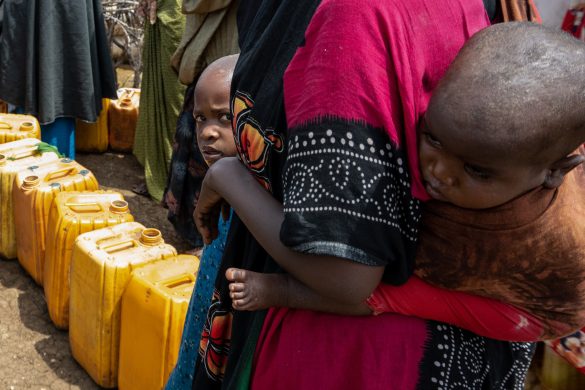Især dødstallet blandt voksne er undervurderet
LONDON, 3 February 2012 (IRIN): A new attempt to quantify (sætte tal på) malaria deaths over the past 30 years suggests the death toll, especially among adults, has been greatly underestimated.
The figures also show the fragility of the gains made in fighting the disease.
Collecting data on malaria deaths is notoriously tricky; the countries where the disease is most prevalent have the weakest statistics. And even where causes of death were recorded, the researchers found many deaths were simply attributed to “fever” – probably malaria, but possibly not.
In addition, a malaria infection is often a contributory cause of death along with other health problems.
However, after some complicated number-crunching, researchers, based at the Institute for Health Metrics in Seattle, believe they have produced the best estimates so far of how many people in the world die of malaria.
The figures, published in the London-based medical journal, The Lancet, contain some surprises, principally because they are significantly higher than those issued last year by the World Health Organization (WHO) – more than eight times higher in the case of older children and adults in Africa, where most of the deaths occurred.
The difference was smaller in the case of children under five, but the researchers said they believed malaria was a more important cause of death in under-fives than the 2011 World Malaria Report estimated, causing 24 percent of child deaths in Africa.
Ekstra halv million døde
Christopher Murray and his colleagues said they believed the fact that almost half a million extra deaths occurred in adults and older children each year had practical implications.
“Traditional teaching in most medical schools argues that acquired immunity [in endemic areas] means that adults have clinical malaria, but are not likely to die from it. Inspection of the basic… data, however, clearly shows a substantial percentage of malaria deaths in individuals aged 15 years and over, even in endemic areas such as sub-Saharan Africa”, they stated.
In the light of this they suggest a shift of control strategies to pay more attention to all adults, not just women and children, in the distribution of insecticide-treated bed nets.
The research also tracked malaria deaths through time, from 1980 to 2010. Global malaria deaths almost doubled between 1980 and 2004; child deaths in Africa almost tripled (tredobledes) over the same period.
The researchers suggest the HIV/AIDS epidemic and resistance to chloroquine as probable causes, along with an increase in population in malaria-endemic areas.
Læs videre på http://www.irinnews.org/report.aspx?reportid=94796
Begynd fra: “After that the number of deaths…”














